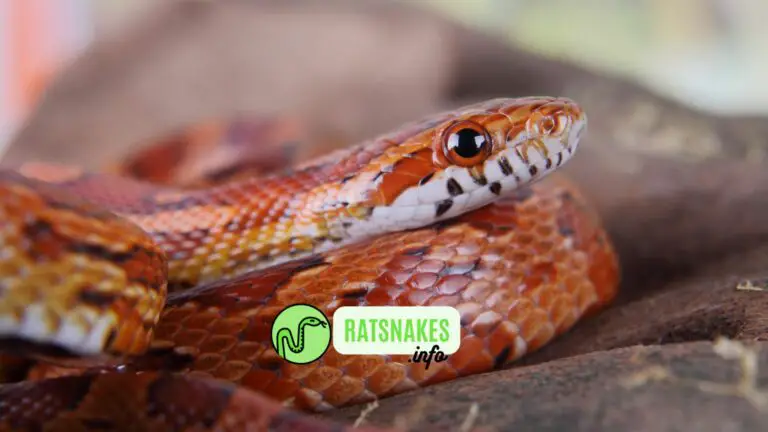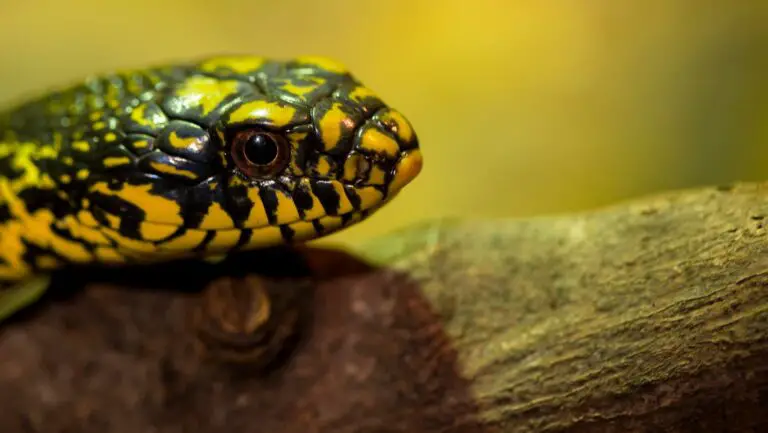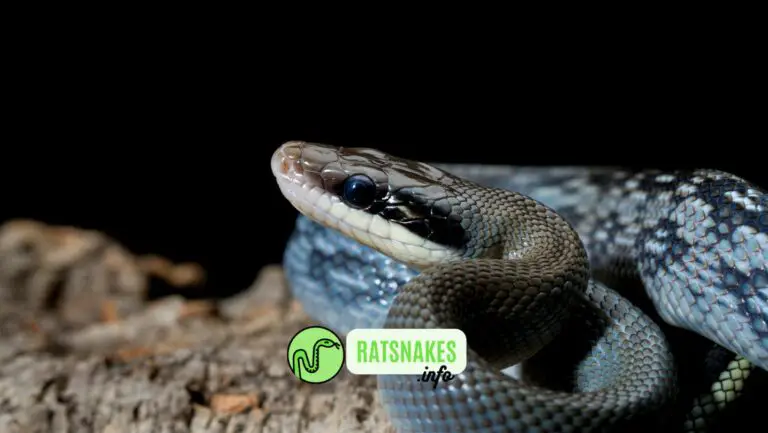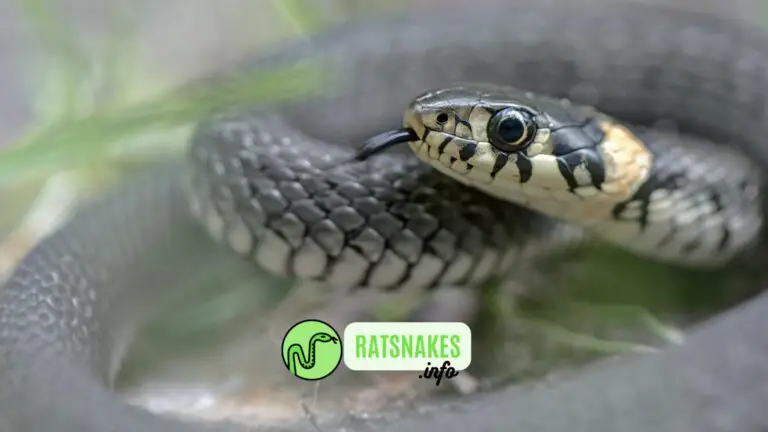
Incubation 101 – The American Colubrids
The American snakes that are members of family colubridae are among the most popular snakes kept and bred incaptivity. A few of the more popular genera included within this family are the King and Milksnakes, (genus Lampropeltis), the Ratsnakes and Cornsnakes (genus Elaphe), and the Bull, Pine and Gopher snakes (genus Pituophis). With a few exceptions, the fertile eggs of these snakes can be successfully incubated in similar fashion. For the purposes of this article, I am going to make the assumption that you have successfully bred your captive colubrid snake, and that you are preparing for her to lay. The methods I will discuss in this article are not intended to be considered the only ones that may be successful, and surely there are those who prefer different methods and have had good results. I will simply discuss the methods that have proven successful for me, and with which I have successfully incubated countless clutches over the years.
Stage 1 -The Early Days
After copulation and in the early stages of being gravid (carrying eggs) female colubrid snakes typically show a very strong feeding response, and should be fed well. During this period, it may be a better choice to feed smaller meals often, rather than the typical weekly large meal. You may even notice that although the female seems ravenous, she refuses large food items, even those that she may have certainly devoured during a “typical” time if the year. Some breeders suggest calcium supplements during this period as well, (calcium is essential to the production of the eggshells). I have not found this to be necessary, however, as long as adult prey items are offered. If you are feeding juvenile prey items, such as fuzzy mice or rat pups, it is advisable to dust them with a good calcium supplement like the commercially available “Repti-Cal”, since the bones of baby rodents are not fully developed and are a poor calcium source.
Stage 2 – She’s Showing
Depending on the species you are working with, approximately 6-8 weeks after a successful copulation, the female will show the telltale signs of being gravid. You will notice that she always appears swollen in the rear half of her body, and the ventral side (underside) of the snake looks somewhat rounded, in contrast to a normal flat ventral side. The rear half of the body may seem more rigid than usual, and will feel very firm to the touch.
Continue to offer small food items to her during this period, but be aware that at some point during this stage, she is very likely to slow down in feeding, or even to cut off altogether. This is normal and to be expected. Many times they will rush up to an offered food item as they normally would, only to change their mind at the last second, as if some instinct deep inside is overruling their feeding response and telling them that it is not a good idea to eat. If your gravid female does continue to feed during this period, be especially careful to offer only small food items.
Stage 3 – The Pre-Lay Shed
At some point during stage 2, when your snake is noticeably gravid, she is going to go through a shed cycle. This shed is typically referred to as the “prelay”shed, as it is a sign that oviposition (egg-laying) time is near. When your snake goes “opaque” (most notable by a cloudy appearance and blue or white clouded eyes), it is time to prepare a nest box. The nestbox can consist of a sturdy plastic container, large enough for the female to enter and move around easily in. For a three and a half-foot California king snake, for example, a nest box about the size of a large shoebox or small sweaterbox will suffice.
Fill the nestbox about half full with damp (but not wet) substrate. I like to use sphagnum moss mixed with cypress mulch, but vermiculite, peat moss, potting soil, or even dampened clean cloths can be used. Because your nesting female will want peace and security, opaque containers work better if your snake’s cage is in the open. Cut a hole in the side or top of the container and place it in your snake’s cage, on the cooler section (not under a heat lamp or over a heating pad).
When the pre-lay shed cycle is complete, expect your snake to settle down into the nest box within a few days. She will likely come out only on occasion to drink or briefly thermoregulate on the warm side of the cage. Again, depending on the species, she will likely begin to deposit the eggs in about 5-14 days after the pre-lay shed. A few species, such as Drymarchon (the Indigo snakes and Cribos) have been known to go as long as 28 days before they begin to lay. On average, however, I would expect the event to happen in about a week after the pre-lay shed. Once egg laying begins, it should be complete within about 8-10 hours. Occasionally, females may become “egg-bound” and either refuse to lay altogether, or stop with a few eggs still noticeably in their body. Should this happen, you should contact your reptile vet right away. Waiting until the female is large enough should help eliminate this problem. A good rule is if you are uncertain if she is large enough, stay on the safe side and wait another year. Most female colubrids are not fully ready to breed until the are at least 2-3 years old.
Stage 4 – Incubation
When the eggs are first deposited, they will feel like little water balloons, and are very fragile. It is now time to carefully pick the eggs up one at a time and place them into the incubator. Be careful to note the top of the eggs, and do not turn the eggs while moving them. Snake embryos may drown if the eggs are turned. Care must be taken to keep the eggs in the position they were laid throughout incubation. If the eggs were laid in a mass and are stuck together, it is ok to simply move the entire mass into the incubator as they are. This is much less risky than trying to separate eggs that are stuck which can be, at worst, fatal to the developing embryos by causing the shells to split. After a few hours, the eggs will solidify and become much firmer than they were just after deposition. If it helps you to remember which side is up, at this time you can carefully mark an “x” on the top of each egg with a pencil mark, or with a small piece of tape. After the eggs graduate past the “water balloon” stage, eggs that are fertile will appear white, smooth, dry and leathery to the touch. Infertile eggs tend to feel slimy, and look yellowish. You should know for sure within a week if any of your eggs are bad, as they will tend to take on the “rotten egg” smell. It is normal for colubrids to have some good eggs and some infertile eggs in the same clutch.
The incubator
Generally speaking, (again with only a few exceptions) your goal is to keep the eggs in a damp, but not wet environment and at a more or less constant 76-82 degrees F temperature. There are certainly many ways to accomplish this, but for our purposes, I will discuss the method that has worked for me. Think of it as if you are going to set up a “container within a container”. Container ‘A’ is going to be something like an aquarium or a large, non -perforated plastic container. Place several bricks (enough to cover the bottom) into container ‘A’. The bricks are going to be the platform for container ‘B’. Now fill container ‘A’ with enough water to cover about 75% of the brick’s surface, leaving the top of the bricks dry. Container ‘B’ is going to consist of a small “plastic shoebox” type container. I like to use the Rubbermaid keepers that measure about 12”Lx6W”x3”D, with snap-on lids. These are available at most retail department and grocery stores.
Ventilate container ‘B’ only slightly, by drilling a few small holes in the sides. Now is the part that’s a little tricky if you have never done this. Gather a couple of clean cloths, (old t-shirts work well), and wet them well with luke-warm water. Wring them out. Wring them out again. Wring them out until they are still damp, but you cannot possibly squeeze another drop of water out by wringing them. Now you have the perfect “egg-mattress”. Line the base of container ‘B’ with one of the cloths. Now gently place the eggs on top of the cloth, cover the eggs with the second cloth, and snap the lid onto container ‘B’. Place container B onto the brick surface of container ‘A’. Now you must cover the top of container ‘A’ with something that is going to keep the humidity in. If you have chosen an aquarium, wrap the aquarium lid with plastic wrap, leaving only a few holes for ventilation.
You now have a very good way of keeping the eggs at optimum humidity. The only issue left is temperature. If you have a room where the eggs will stay within the 76-82F range, then you are set. If not, you can place a small submersible aquarium heater into the water in container ‘A’. You will need to experiment with the setting, but plan to set the thermostat a few degrees higher than the desired air temperature in the incubator. Temperatures that are cooler than ideal will result in slower development time, however as long as the temperature is at least in the 70’s, the embryos should continue to grow and develop. Temperatures that are too high are more dangerous, and can result in deformities or death of the developing embryos. Check the eggs daily to make sure that the temperature is within the desired range and the cloths in container ‘B’ are still damp. I have found that by using this method, I do not need to mist the eggs. The incubator seems to keep the humidity high enough that the cloths never dry out.
Problem Detection
Occasionally eggs will “dent” during the incubation process. This can mean that the eggs are not fertile, or it can simply indicate that they are not being kept moist enough. If your eggs dent, and it is not very close to hatch time (they will sometimes dent just before hatching) try getting them a little moister. Conversely, eggs that are kept too moist will tend to develop “windows” or clear areas in the shell. If your eggs window, try drying the medium a tad.
Stage 5 – Pipping and Hatching
If all goes well, you can expect the eggs to begin hatching in 65-80 days. (longer in a few species). There is truly nothing like the moment when you check your eggs and see one or two little heads staring out at the world for the first time. This is the period we call “pipping” and this is what makes it all worthwhile. Babies are born with a small “eggtooth” on the tip of the snout, and will slash their way to create an opening in the leathery shell. Resist the temptation to help the babies emerge. The young snakes will sit patiently for up to a day with only their noses out, while absorbing the last of the yolk from the egg. They will come out on their own when they are ready. All of the eggs may not pip at once, and it may be several days before the entire clutch has emerged. Once completely out, the neonates should each be housed in their own separate container. They will go through a shed in a week or so and will then be ready for their first meal.
Thanks to the author and The GREATER CINCINNATI HERPETOLOGICAL SOCIETY for allowing us to reprint this article which was originally published in their newsletter The Forked Tongue





![Prey of Ratsnakes in the Wild [Full List]](https://ratsnakes.info/wp-content/uploads/2022/11/Prey-of-Ratsnakes-768x432.jpg)
